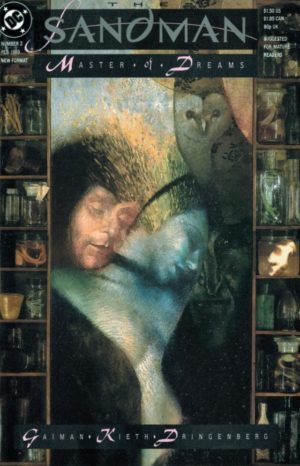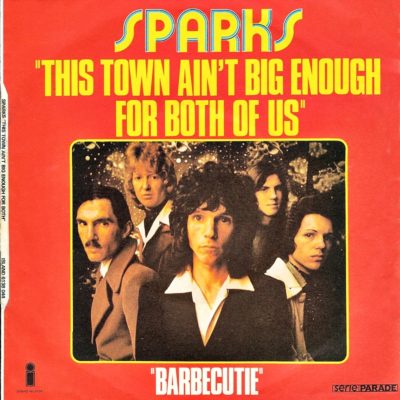This week everyone is talking about Dungeons & Dragons, but it’s not for a good reason.
Last week, a revision to the longstanding D&D “Open Gaming License” leaked. I’ve written about the OGL before, but in short it’s the persistent legal agreement that allows independent creators to use the core rules and concepts of D&D to create their own 3rd party material. While that ostensibly exists for people who want to sell their own 3rd-party D&D supplements, it also acts as a safety net for anyone homebrewing their own content.
Many outlets have written at length about the newly-drafted version of the OGL – i09 reporter Linda Codega broke the story at Gizmodo last week. The draft institutes a number of restrictions, including tightening the ability to distribute digital content, enforcing royalty-sharing on big earners, and instituting some potentially-invasive rights to reproduce creator content.
Understandably, both creators and players are in an uproar – after all, every D&D player is also a co-creator of their campaign’s story! Even if they never intend to publish or profit from their storytelling contributions, there’s a pervasive feeling of “this affects all of us” solidarity from the D&D community.
Another reliable leak mentioned that D&D owners Wizards of the Coast (WotC) and Hasbro would be looking at digital DNDBeyond subscription cancellations as an early metric of the community’s response to the OGL changes. A leak coming from within the DNDBeyond team makes a lot of sense. WotC and Hasbro bought DNDBeyond last April from Fandom for $146 million dollars. The DNDBeyond team don’t have a long-term allegiance to the Hasbro corporate overlords and they are watching the stellar good will they’ve amassed as a community platform being quickly eroded by this decision.
As the DNDBeyond team may have feared (but also secretly wished for), this new leak immediately lead to a cascade of hundreds of players posting proof of their subscription cancellations on DNDBeyond forums and on Twitter.
I was one of those players.
Tomorrow is my bi-weekly D&D date with my best friends from the states and I am currently the Dungeon Master of our campaign. That means today ought to be spent finalizing maps and building out potential encounters for my custom campaign that has taken a hard left turn from the official campaign in Storm King’s Thunder.
Instead, I’m spending the day wondering if it’s worth putting in the effort to tell stories in a fictional world that is just another capitalist playground. [Read more…] about The D&D Open Gaming License / The Dangers of Playing with Other People’s Toys
 The Sandman (1989) #2 is Gaiman building a world, and dispensing a lot of information along the way, though some of it we will not recognize until much later. Sandman discovers his Cain and Abel, his librarian, and his decrepit castle – all of his dream time falling apart without him to hold it together.
The Sandman (1989) #2 is Gaiman building a world, and dispensing a lot of information along the way, though some of it we will not recognize until much later. Sandman discovers his Cain and Abel, his librarian, and his decrepit castle – all of his dream time falling apart without him to hold it together.
 I’ll be dissecting
I’ll be dissecting  Florence Welch makes another, very particular kind of statement as a pairing with Gaga. Welch is seen as a nearly infallible, genre-defying female auteur who is mentioned in the same breath with the biggest rock stars.Like Gaga, she was a guest of the Rolling Stones to sing the duet on “Gimme Shelter.” While I didn’t love her last LP, if it was indeed a bit weak it did nothing to slow her popularity or weaken her ability to break through to modern rock radio.
Florence Welch makes another, very particular kind of statement as a pairing with Gaga. Welch is seen as a nearly infallible, genre-defying female auteur who is mentioned in the same breath with the biggest rock stars.Like Gaga, she was a guest of the Rolling Stones to sing the duet on “Gimme Shelter.” While I didn’t love her last LP, if it was indeed a bit weak it did nothing to slow her popularity or weaken her ability to break through to modern rock radio. Before The Man Who Sold The World
Before The Man Who Sold The World